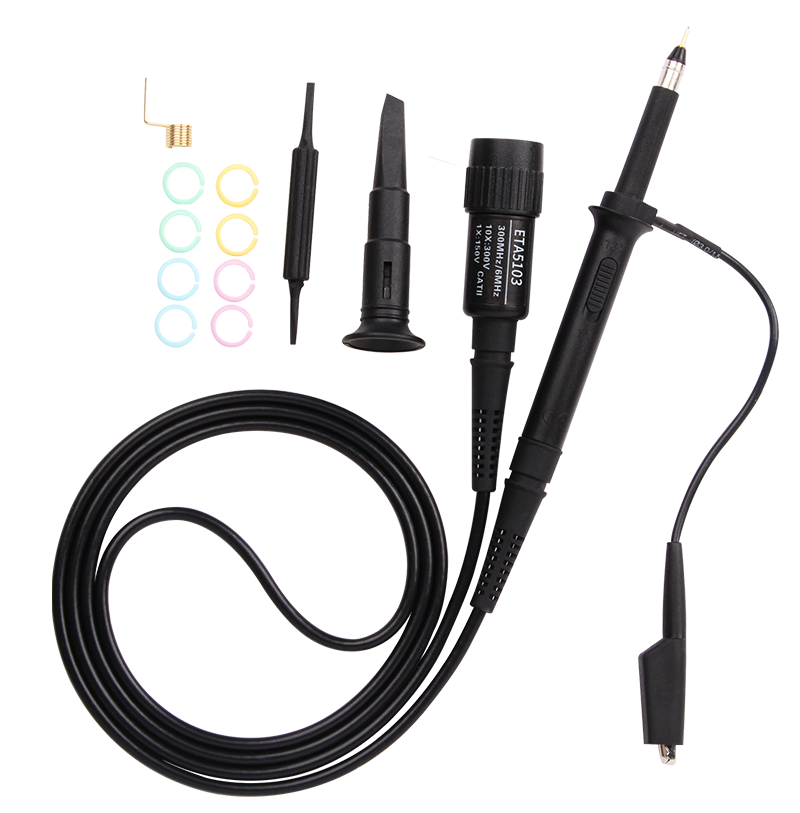Knowledge
Understanding the attenuation ratio of passive probes
what is the attenuation ratio?
Attenuation ratio, which is the rate at which the probe reduces the amplitude of the input signal. It is usually represented by two numbers separated by a colon, such as 10:1.
10:1: This means that the probe attenuates the amplitude of the input signal to one-tenth of the original. If the true voltage at a point in the circuit is 10V, after passing through a 10:1 probe, the signal reaching the input of the oscilloscope is only 1V.
1:1: This means that the probe does not attenuate the signal, and the voltage in the circuit is what the oscilloscope sees.
Then, an obvious question arises: since the purpose is to measure, why should we actively make the signal smaller? This seemingly contradictory operation actually contains profound electronic wisdom.
Why should "superfluous" attenuation?
Protect the oscilloscope: It is like wearing an insulating glove for the oscilloscope, which can measure higher voltage (such as mains electricity) and is not afraid of burning out.
See more accurately: the probe connected to the circuit will "rub" away a little energy, called "load effect". The 10X mode "rubs" a lot less, which can make the high-frequency signal not deformed and see more realistically.
IMPORTANT: COMPENSATION CALIBRATION!
After the new probe or channel change, connect the probe to the compensation terminal of the oscilloscope with square wave, and then adjust the compensation hole on the probe with a small screwdriver until the square wave on the screen looks square and has no rounded corners or spikes.

